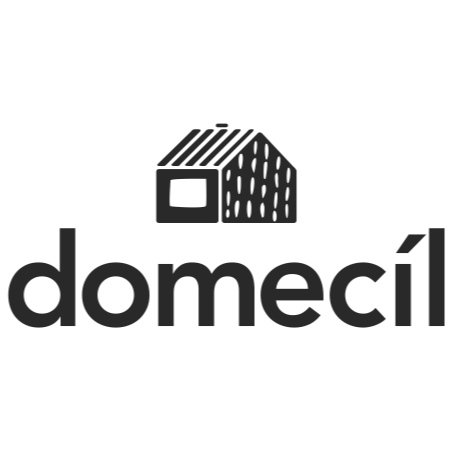Sonoko Sakai
When I was growing up, my mother, like most Japanese, would use a store-bought curry roux to make meals for me and my four brothers and sisters--sometimes more than once a week. She loved the convenience of it, and I like that part too, but you probably know that I don’t care for all the additives and the palm oil that is the mainstay of packaged curry roux. So I set out to re-invent the classic Japanese curry using ingredients that are healthier and more appropriate for our times.
I’ve distilled my curry roux
down to its essence: quality spices and seasonings, flour for a thickener, and good fat (butter or coconut oil). To start, I developed and fine-tuned the recipe for my curry powder and in turn, my curry brick. It produces a harmonious and mild curry, featuring a unique blend of 17 toasted and ground spices and seasonings including kombu and dried shiitake mushrooms, both of which are umami-rich flavors that add depth to the mix.
If you’ve never tried Japanese curry,
let me tell you a little bit about it. It is generally believed that a powdered spice blend, what we now refer to as “Curry Powder,” arrived in Japan in the 19th century by way of the British. What distinguishes Japanese Curry from many other curries is the use of a European roux, classically made of flour and butter.
Japanese Curry
is typically served over rice (Karei raisu) but can also be used to flavor soba and udon noodle soups (Karei Soba, Karei Udon). Japanese curry is also used as stuffing for breads (Karei Pan) and fillings for dumplings. It can taste mild or spicy, even subtly sweet when made with a little honey or fruit like apple. In other words, Japanese curry is quite versatile. It is a nourishing and delicious dish that I enjoy often and never tire of.
is a cooking teacher and food writer based in Los Angeles, California. She is the author of Japanese Home Cooking: Simple Meals, Authentic Flavors (IACP 2020 award winner), and her cooking reflects her rich cultural upbringing. She was born in New York and moved to many cities throughout her youth, including San Francisco, Kamakura, Mexico City, and Tokyo. Sakai has been featured in publications such as New York Times, Los Angeles Times, Food & Wine, Bon Appetit, Saveur, and many more for her dedicated work as a Cook, Storyteller, and Food Activist. Her name "Sonoko" means garden in Japanese. And for her, everything begins and ends with the garden. At its most fundamental level, her cooking philosophy is about respecting the ingredients and letting their natural flavors speak for themselves.
We were thrilled to collaborate with Sonoko to produce her own apron (shown here). You can find this beautiful linen apron at the shop!
Sonoko
will be giving a talk on Japanese curry and demonstrating how to make it this Thursday, August 4th.
Her talk will begin at 6pm, however, Sonoko will be signing books and selling her pantry products beginning at 5pm. We look forward to seeing you!







